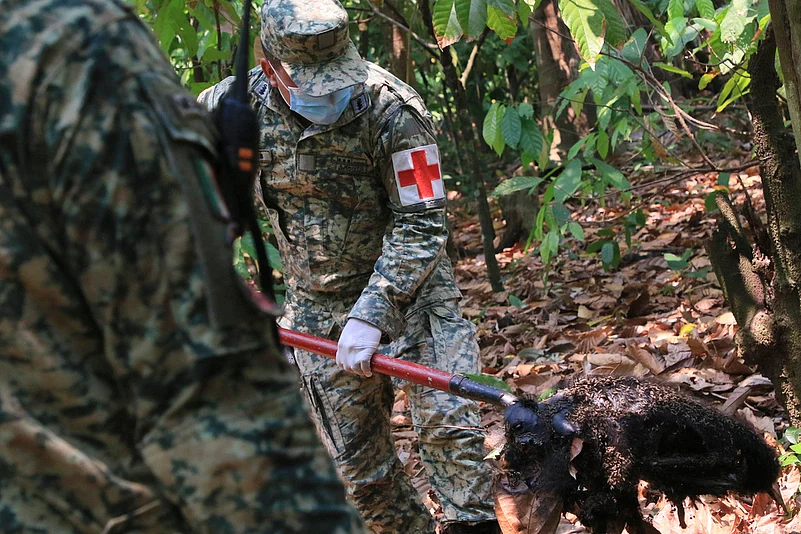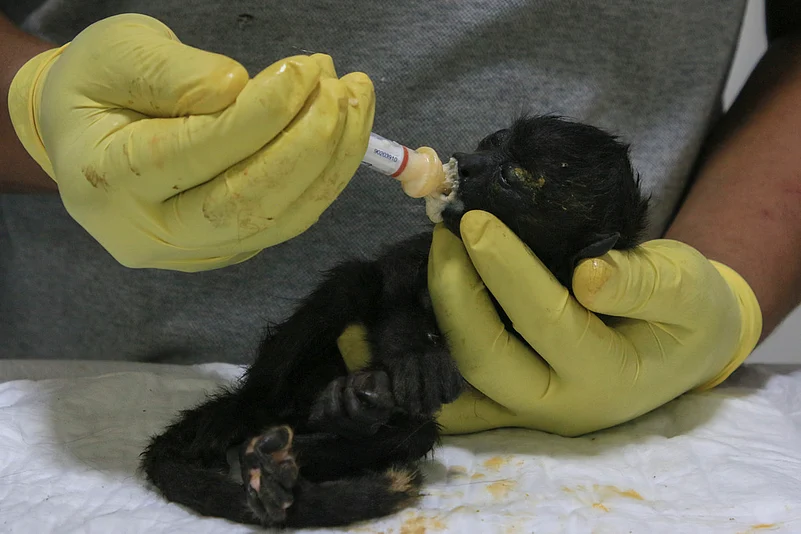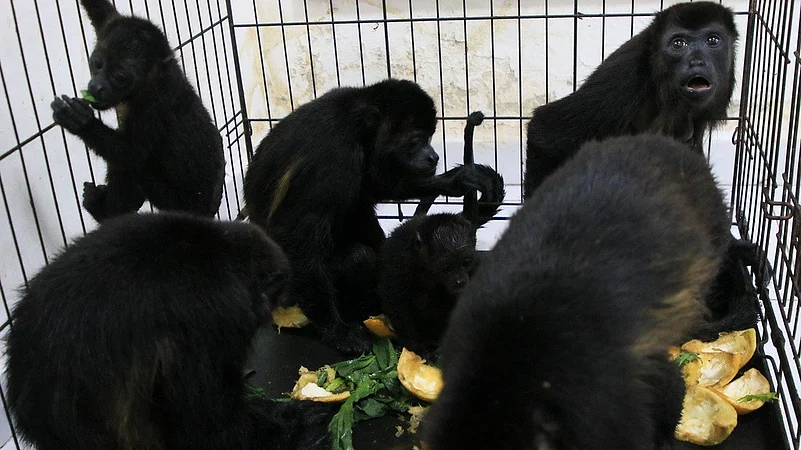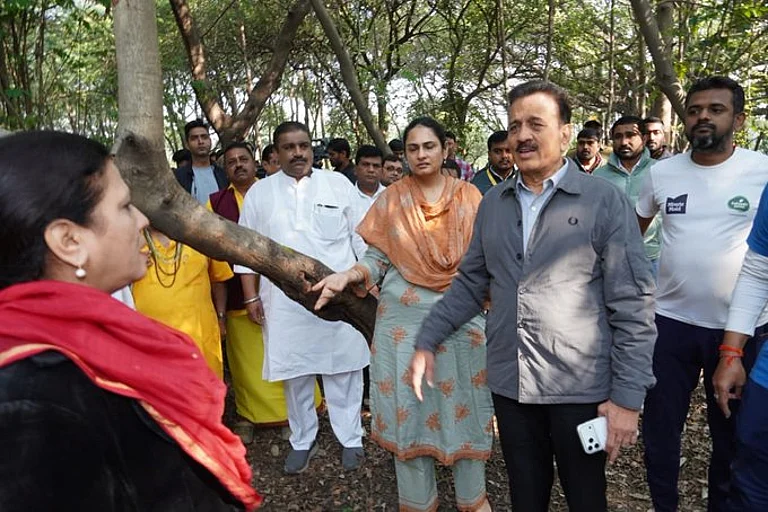Mexico is getting hotter day-by-day and the monkeys there can’t take it anymore. They are falling out of trees like apple amid brutal heatwave
In the Gulf coast state of Tabasco, at least 83 of these midsize primates, known for their roaring vocal calls, have been found falling dead from trees. Residents have rescued a few, including and rushed them to a local veterinarian, Dr. Sergio Valenzuela, who fought to save them.
“They arrived in critical condition, with dehydration and fever,” Valenzuela reported. “They were as limp as rags. It was heatstroke.”
While Mexico’s brutal heatwave has been linked to the deaths of at least 26 people since March, veterinarians and rescuers say it has killed dozens, possibly hundreds, of howler monkeys.
In Tecolutilla, Tabasco, the dead monkeys started appearing on Friday, when a local volunteer fire-and-rescue squad brought five of the creatures in the bed of their truck. Valenzuela applied ice to their limp hands and feet and connected them to IV drips.

Currently, the rescued monkeys are under observation and recovering slowly. “They’re recovering. They’re aggressive ... they’re biting again,” Valenzuela said, noting this as a healthy sign for the usually elusive creatures.
Unfortunately, most howler monkeys haven't been so lucky. Wildlife biologist Gilberto Pozo noted about 83 dead or dying monkeys under trees. The die-off started around May 5 and peaked over the weekend.
“They were falling out of the trees like apples,” Pozo explained. “They were in a state of severe dehydration, and they died within a matter of minutes.” The falls from significant heights inflict additional injuries that often lead to the death of monkeys.
Pozo attributes the deaths to multiple factors including high heat, drought, forest fires, and logging, which deprives the monkeys of water, shade, and food. “This is a sentinel species,” Pozo described, referring to the canary-in-a-coalmine effect where one species can indicate the health of an ecosystem. “It is telling us something about what is happening with climate change.”

Pozo’s group has established recovery stations for the monkeys. Currently, it holds five monkeys, but birds and reptiles have also been affected. The group is trying to organize a team of specialized veterinarians to provide the necessary care for the primates.
As of May 9, at least nine cities in Mexico had set temperature records, with Ciudad Victoria in the border state of Tamaulipas recording a scorching 117°F (47°C). With below-average rainfall across nearly the entire country this year, lakes and dams are drying up, water supplies are dwindling, and authorities have had to truck in water for hospitals and firefighting teams. Low levels at hydroelectric dams have also contributed to power blackouts in some regions.
Humans are also struggling with the heat. On Monday, the nationwide chain of OXXO convenience stores, the largest convenience store in the country, limited ice purchases to two or three bags per customer in some areas.




























